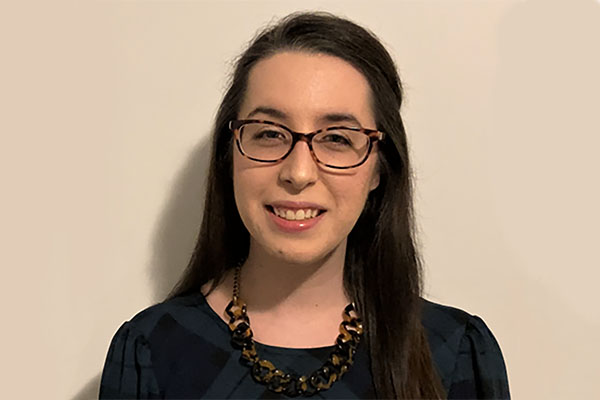
Climbing the corporate ladder and learning to present data better might be two different things; however, regardless of your career goals, anyone can improve his or her presentations.
One big tip: Know and Understand Your Audience. A presentation for technical people will have a significantly different feel than a presentation for senior management. In the first case, the audience is probably interested in all of the detail that went into your experimentation and conclusions. In the second case, there is probably more interest in what it means to the company in a larger sense.
I once had a boss – a Senior VP – who took virtually no interest in the detail of what I did and had about a 30 second attention span. I learned that I had to summarize and show meaning from his perspective and do it quickly. If something was too detailed to shout across the parking lot, it was probably too detailed for him and I needed to think harder. The key was to attract his attention and wait for him to drill down if he was interested.
A second big tip is: Know and Understand Your Message. What is/are the important take-home points? The most important acronym in the English language is WIIFM: What’s In It For Me? This is the lens through which executives look upon any message you deliver. Similarly, journalists have an expression: Don’t bury the lead. Say the most important thing first, don’t build to it at the end. Taking these things together, your first slide should contain enough information such that if you never got to slide 2, the message would get across. Believe me, I have both seen and given presentations that never got to slide 2.
There are a zillion websites with tips on how to do PowerPoints: large enough font size; no more than 5 points on a slide; avoid builds. I won’t go deeper into mechanics here. My message is that you want to be known as the person who can bottom line clearly and succinctly – and has enough firepower to go deep if needed.
One other tip: if you ever show a slide with columns of figures, virtually every executive I knew would mentally add those columns to check for the error before they listened to a word I said. An error or a typo destroys your credibility. Edit carefully.
This article has been edited for length and clarity. The opinions expressed in this article are the author's own and do not necessarily reflect the view of their employer or the American Chemical Society.
ACS Career Consultants are experts and leaders working in the field of chemistry who have volunteered to support other ACS members’ career development through one-on-one career counselling. They can stimulate your thinking, ask important career planning questions to help clarify goals, provide encouragement, teach strategies for making meaningful career decisions, and aid you in your job search. Connect with an ACS Career Consultant today!
Copyright 2022 American Chemical Society (All Rights Reserved)








